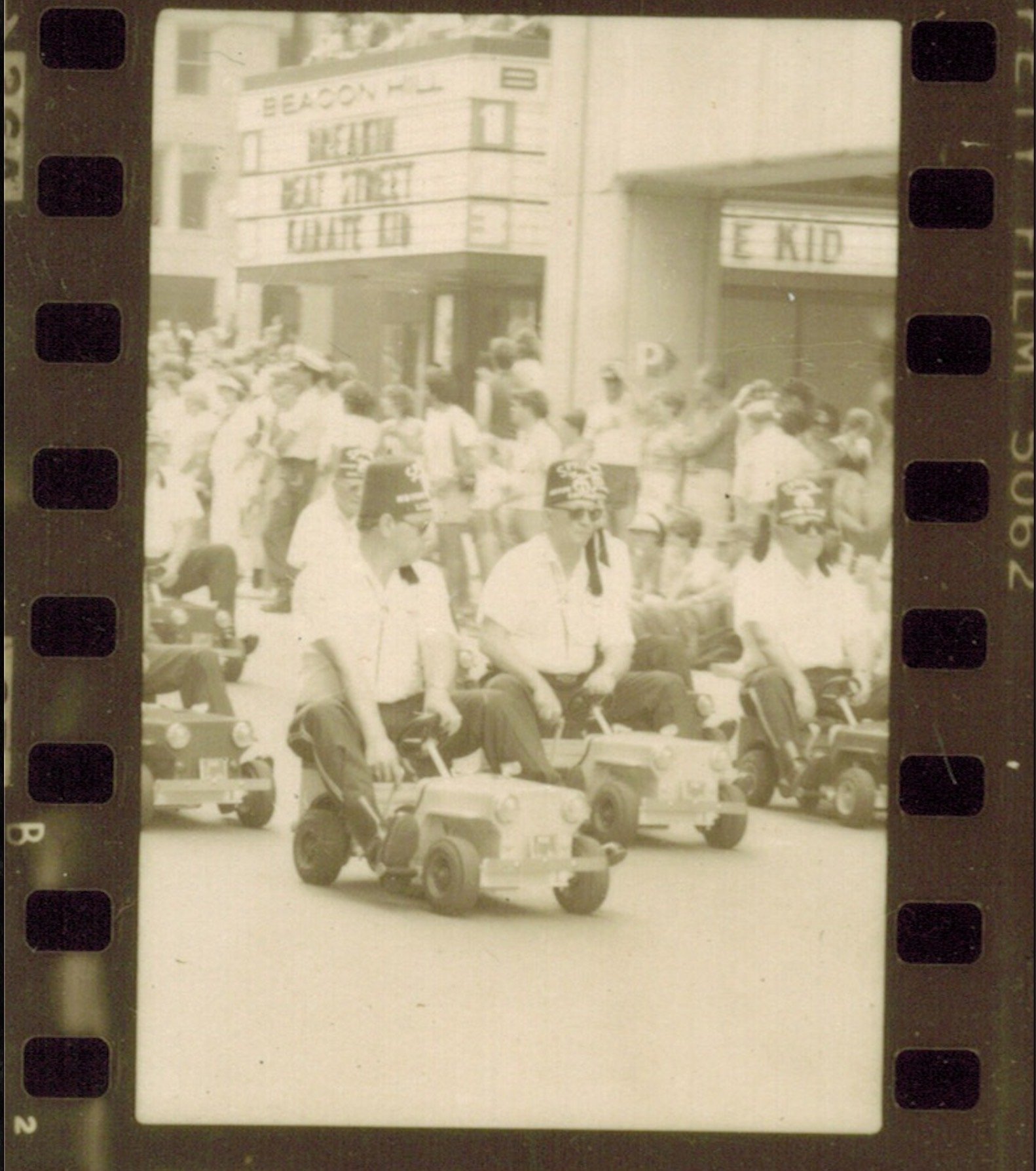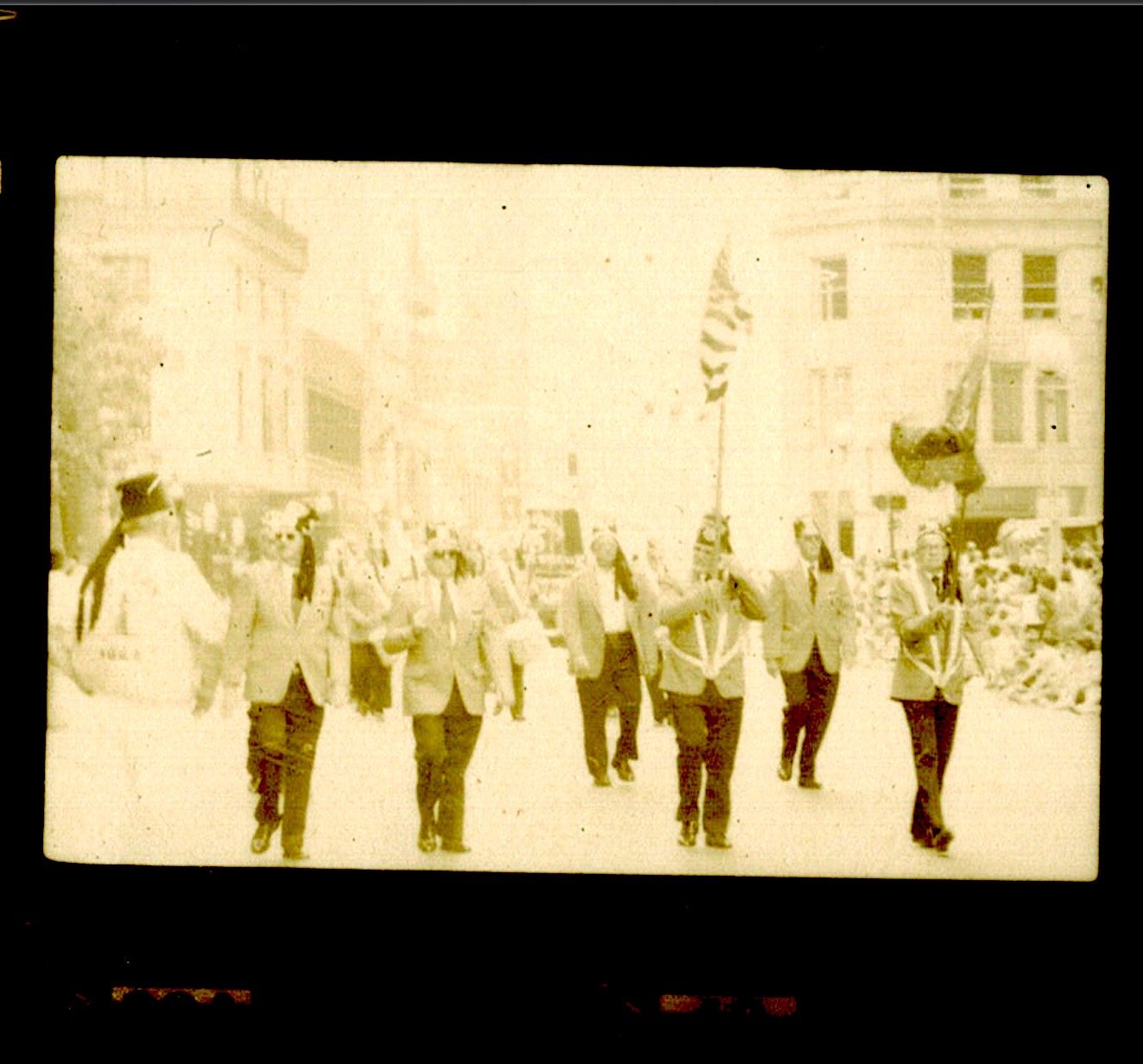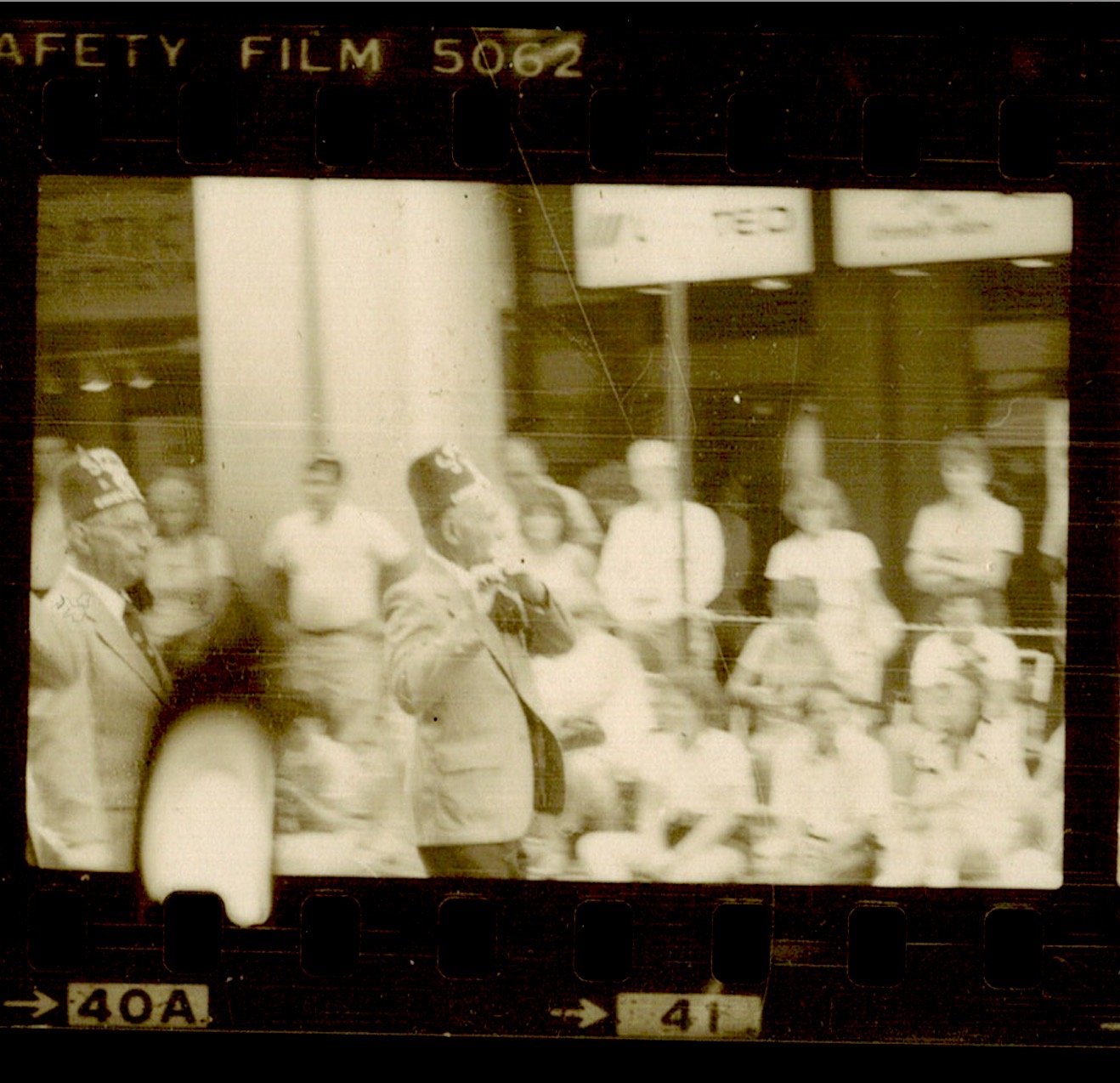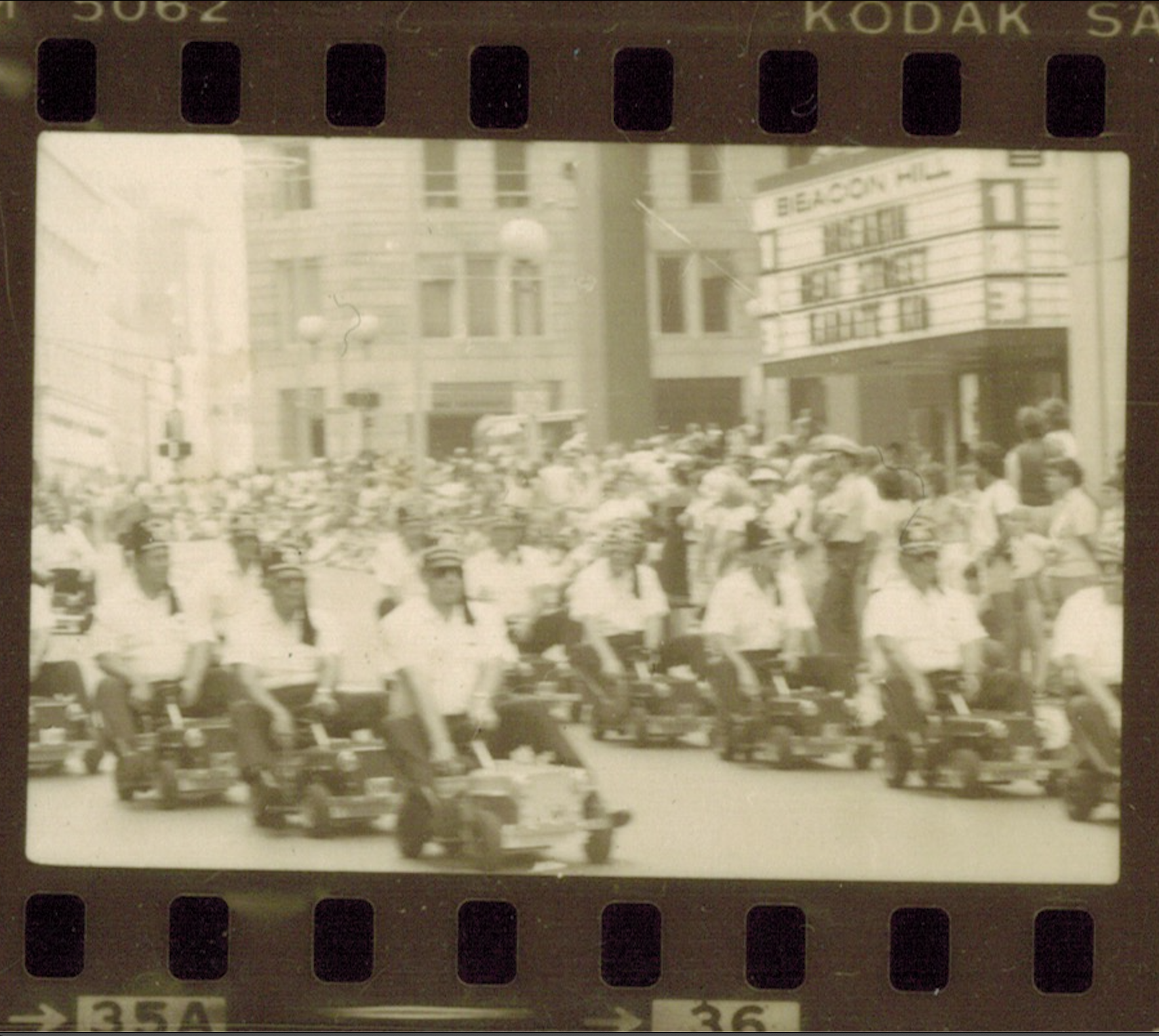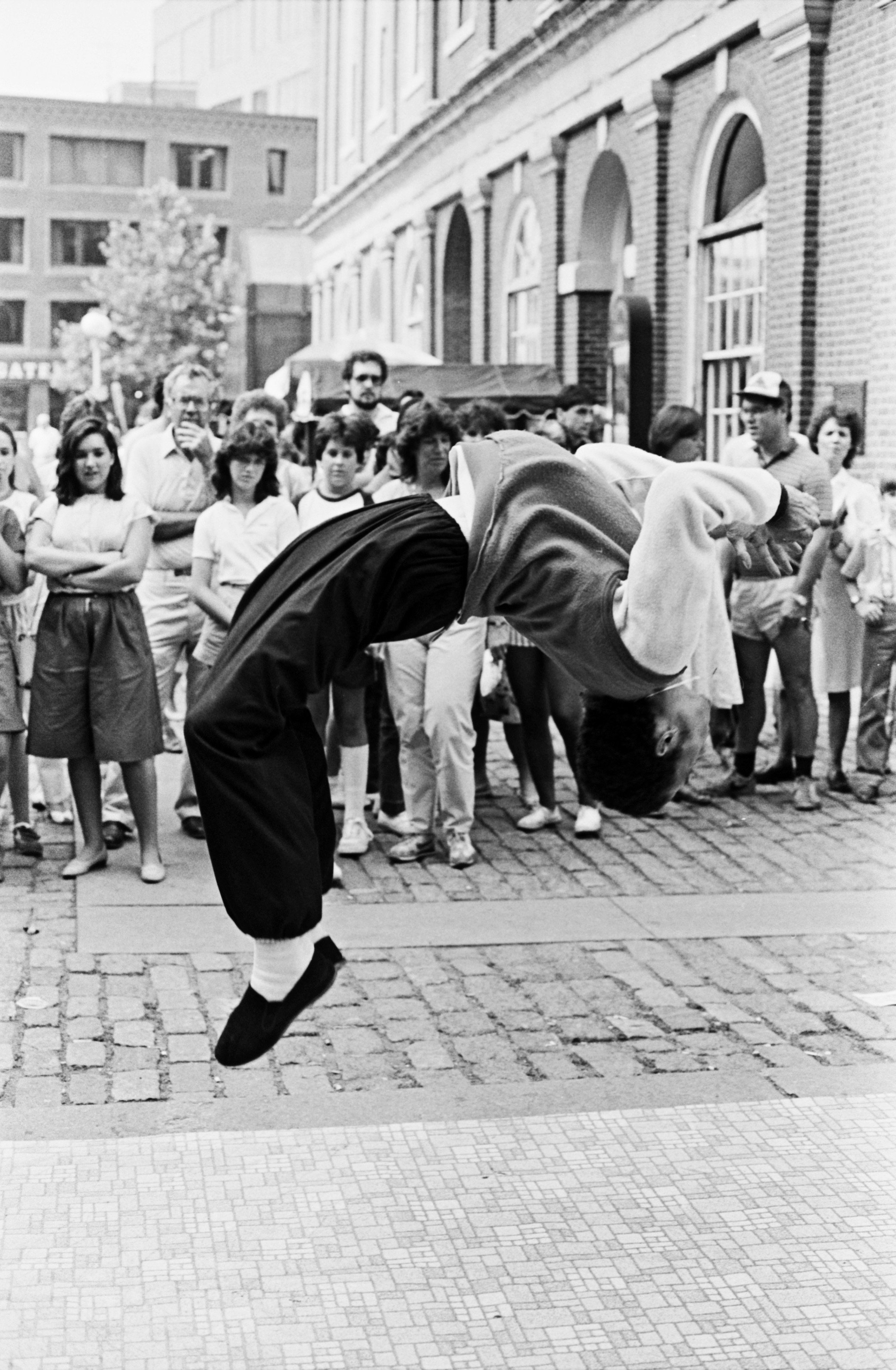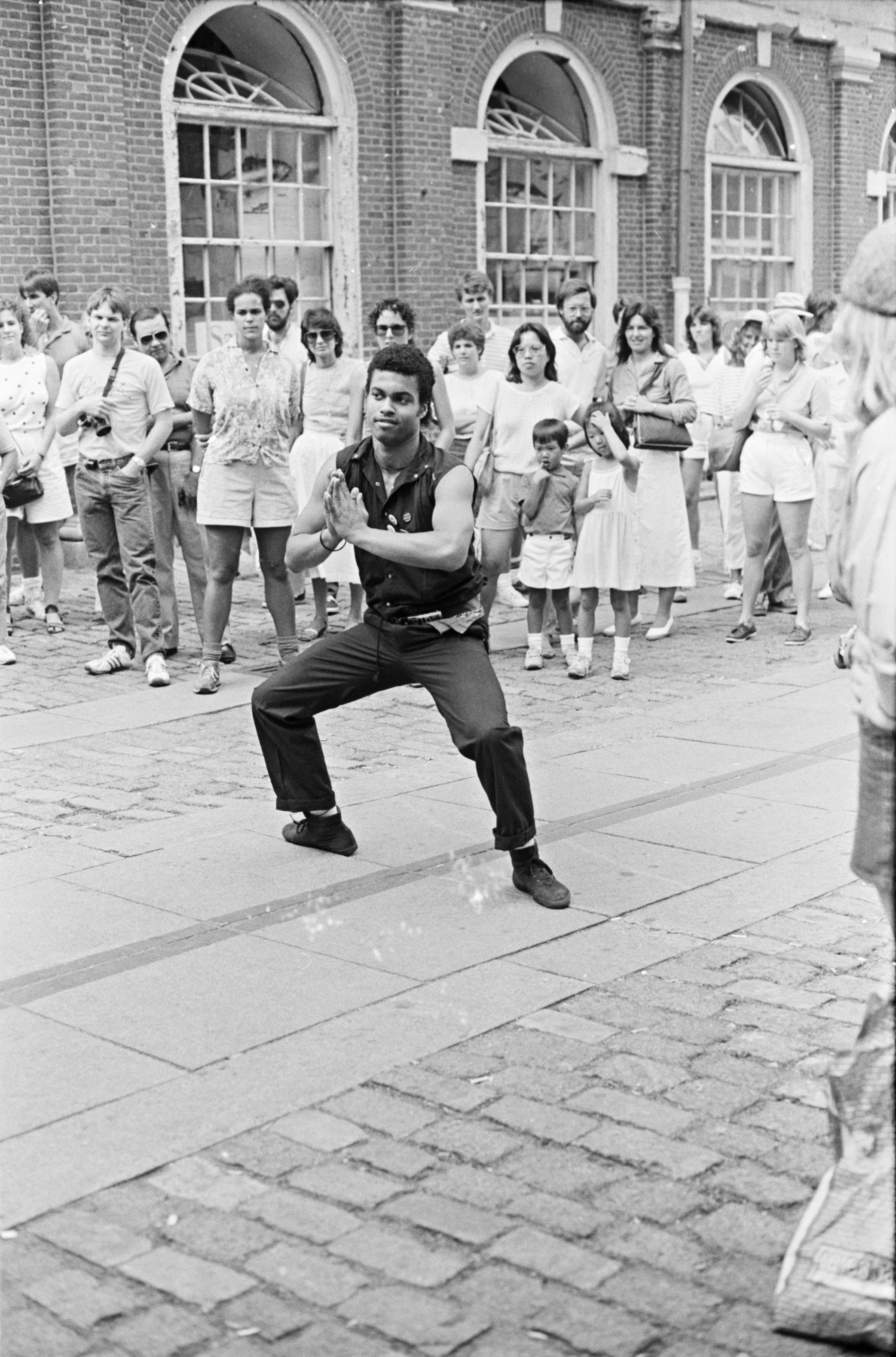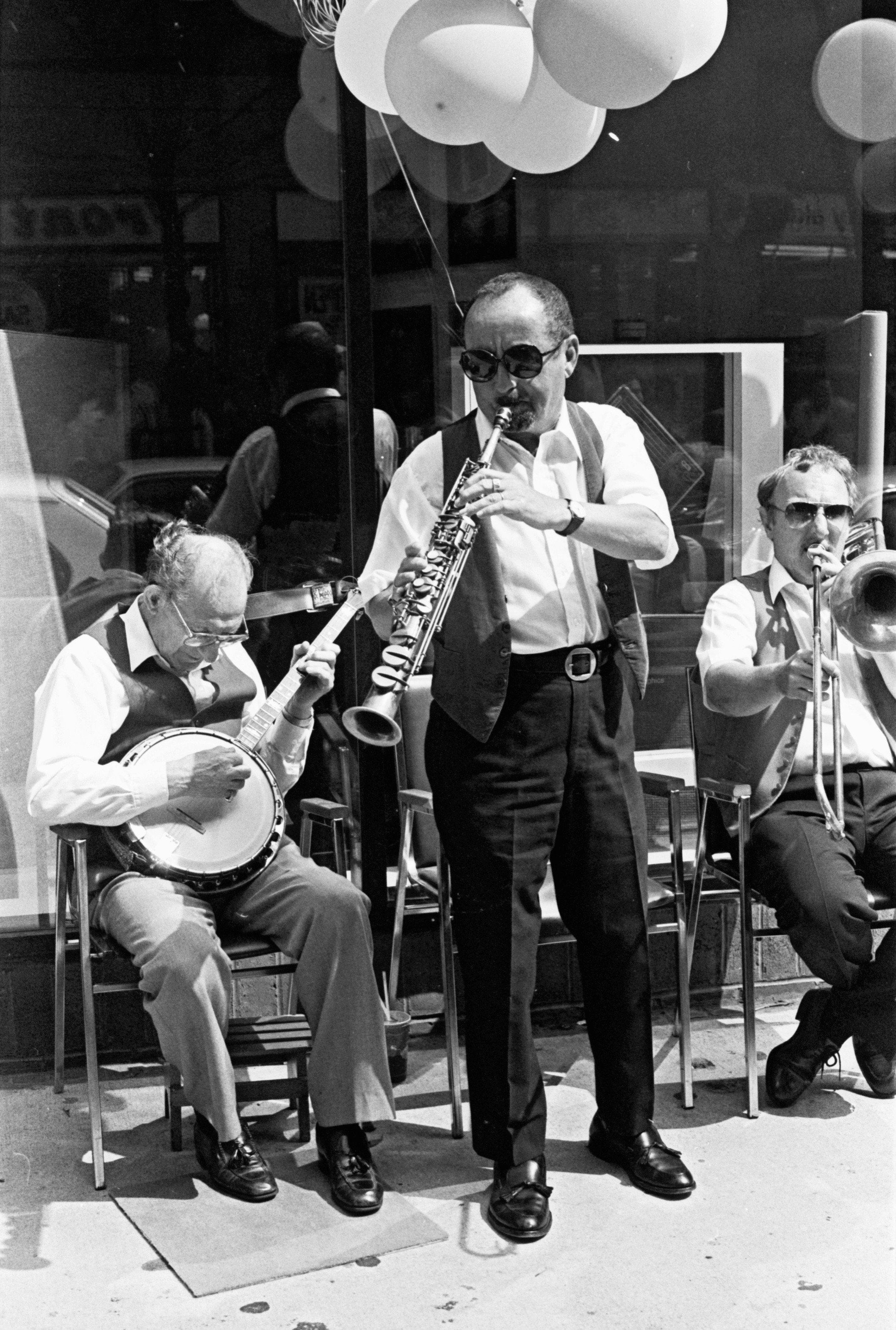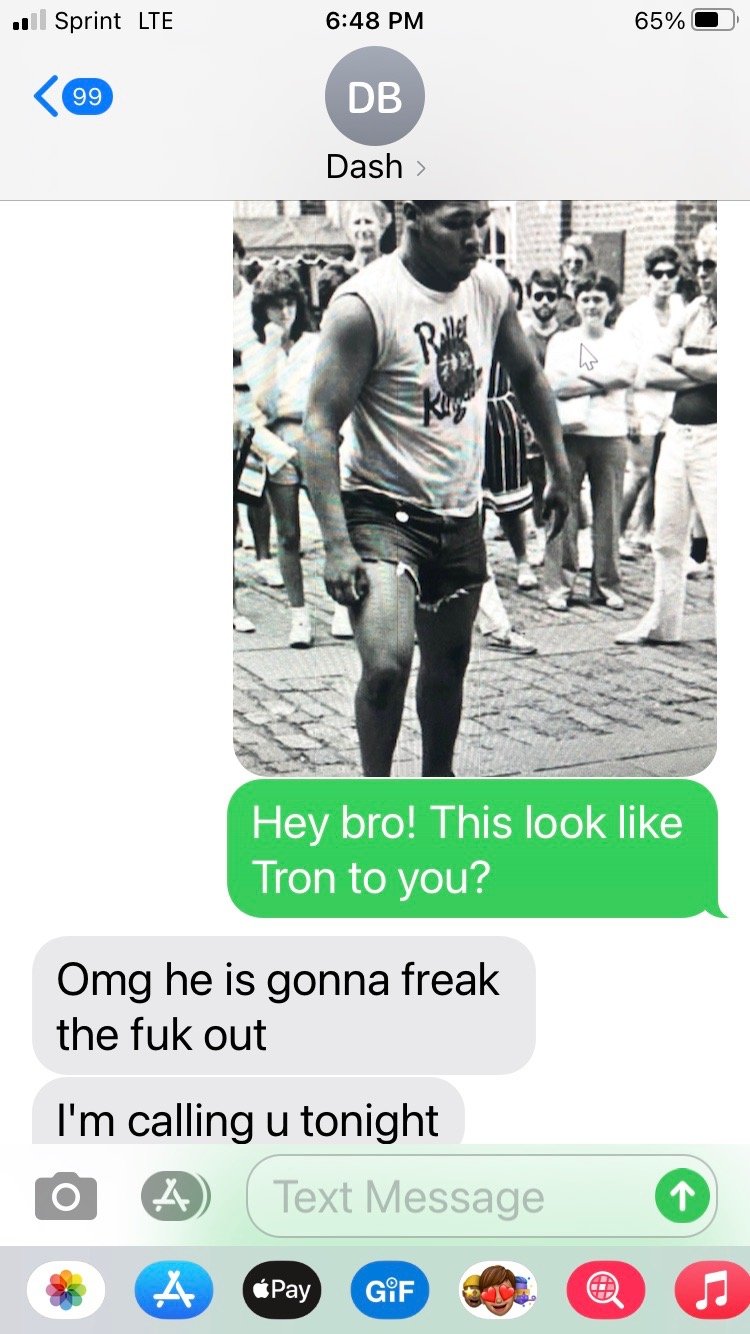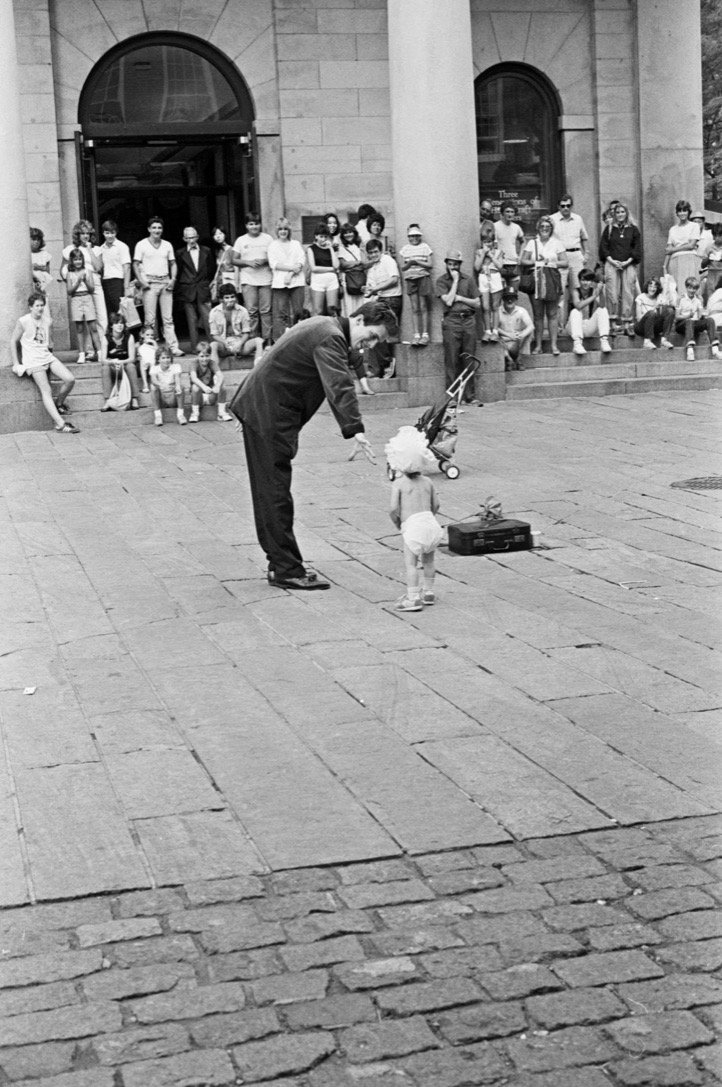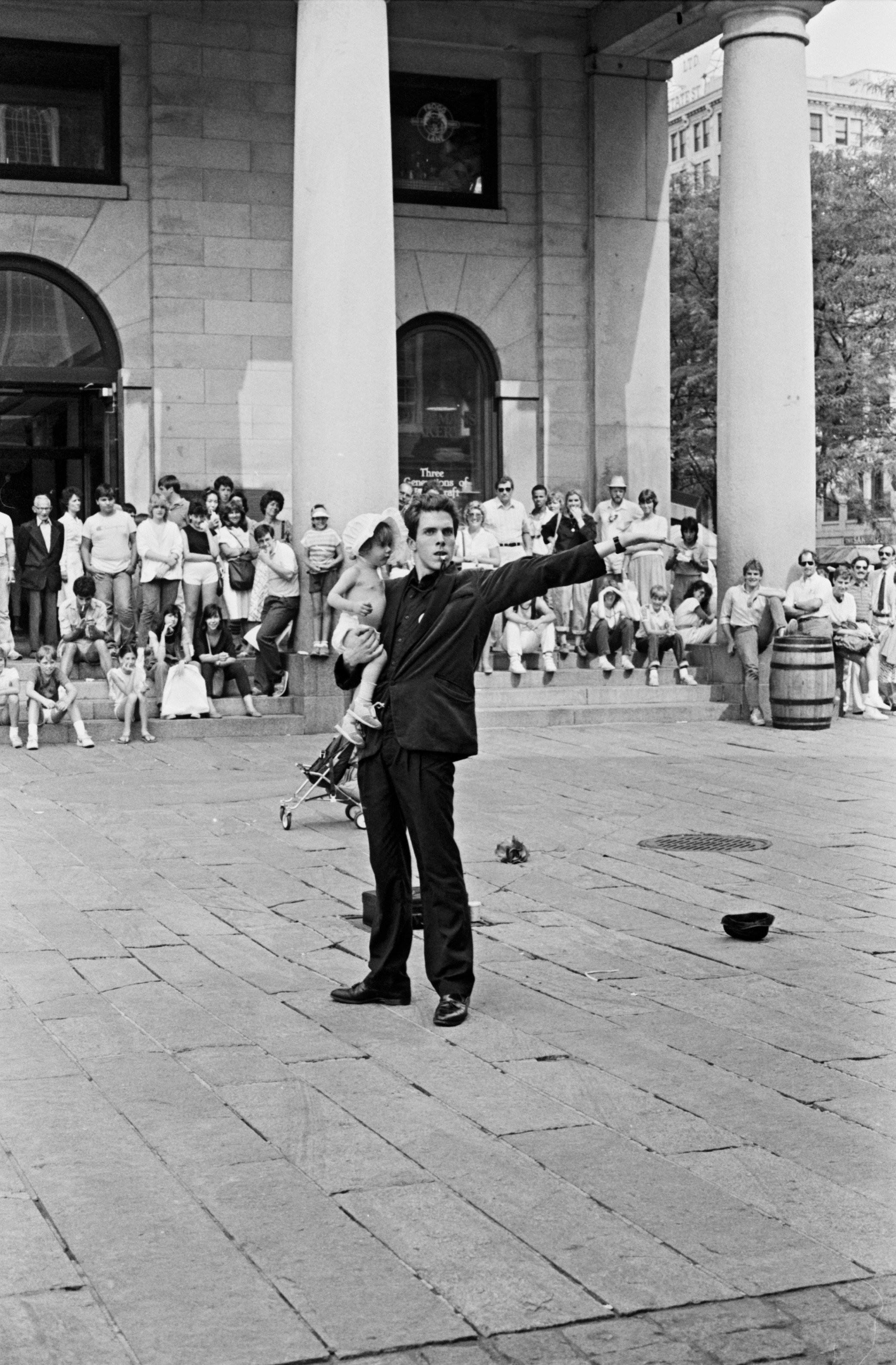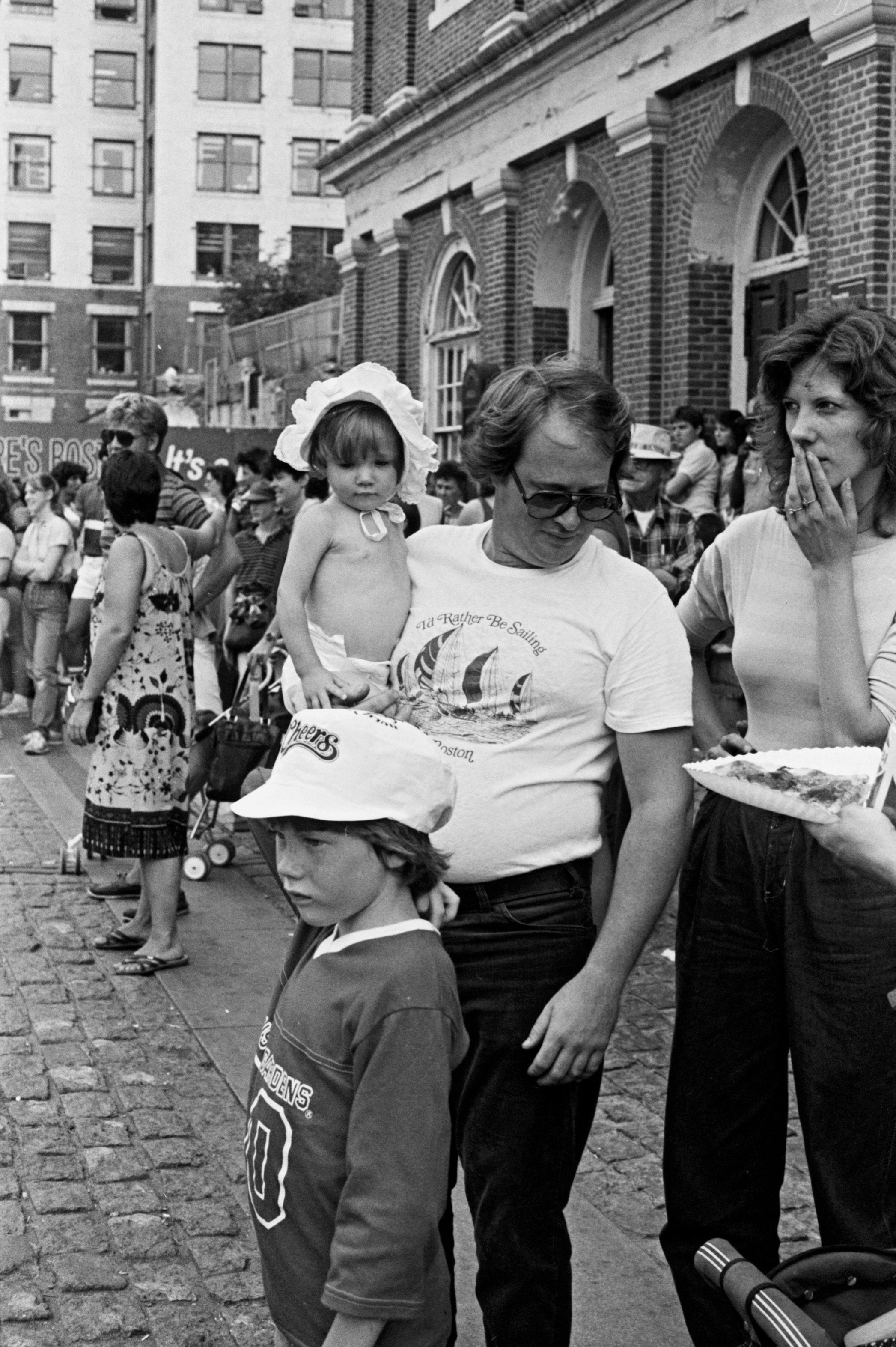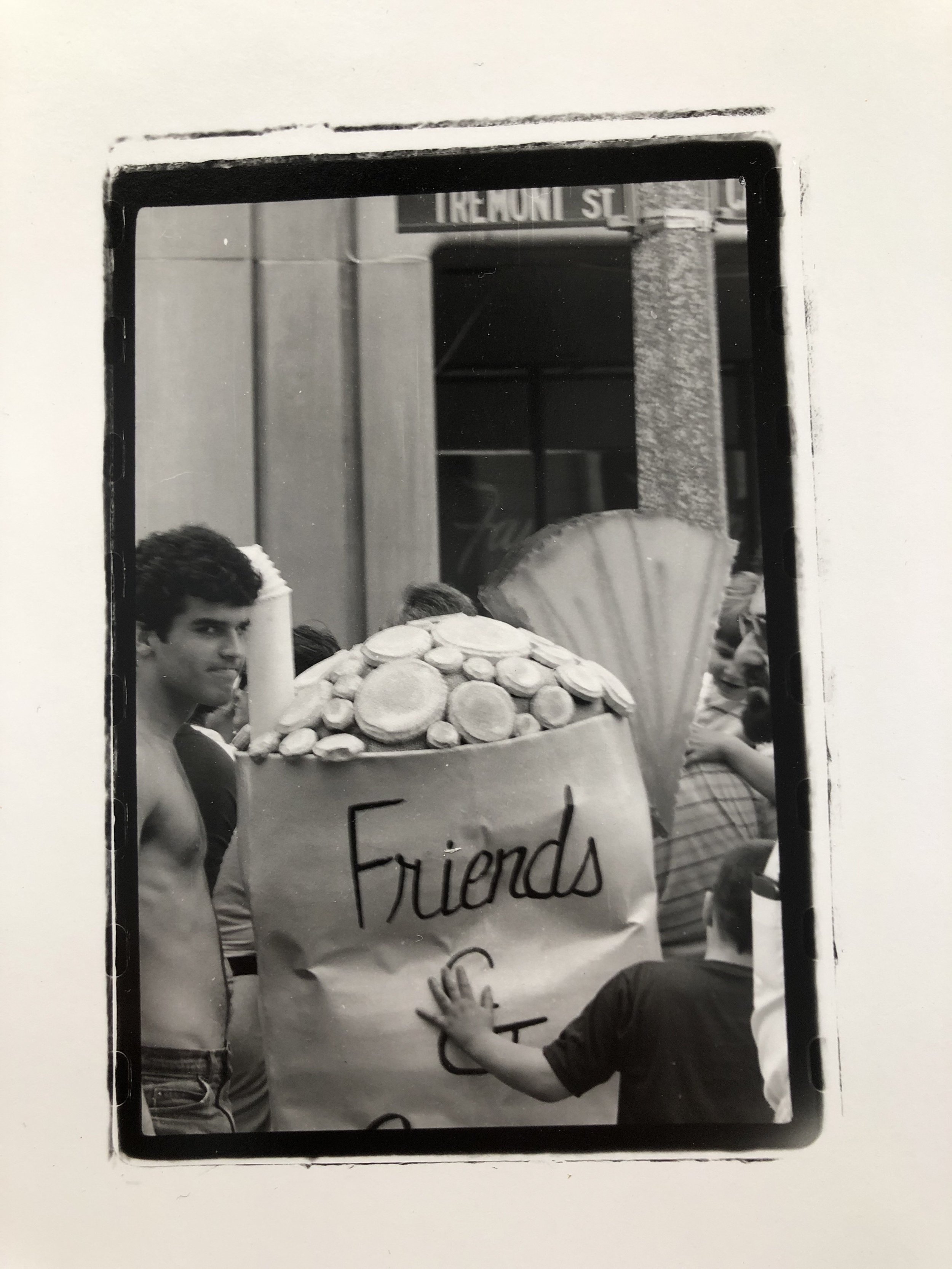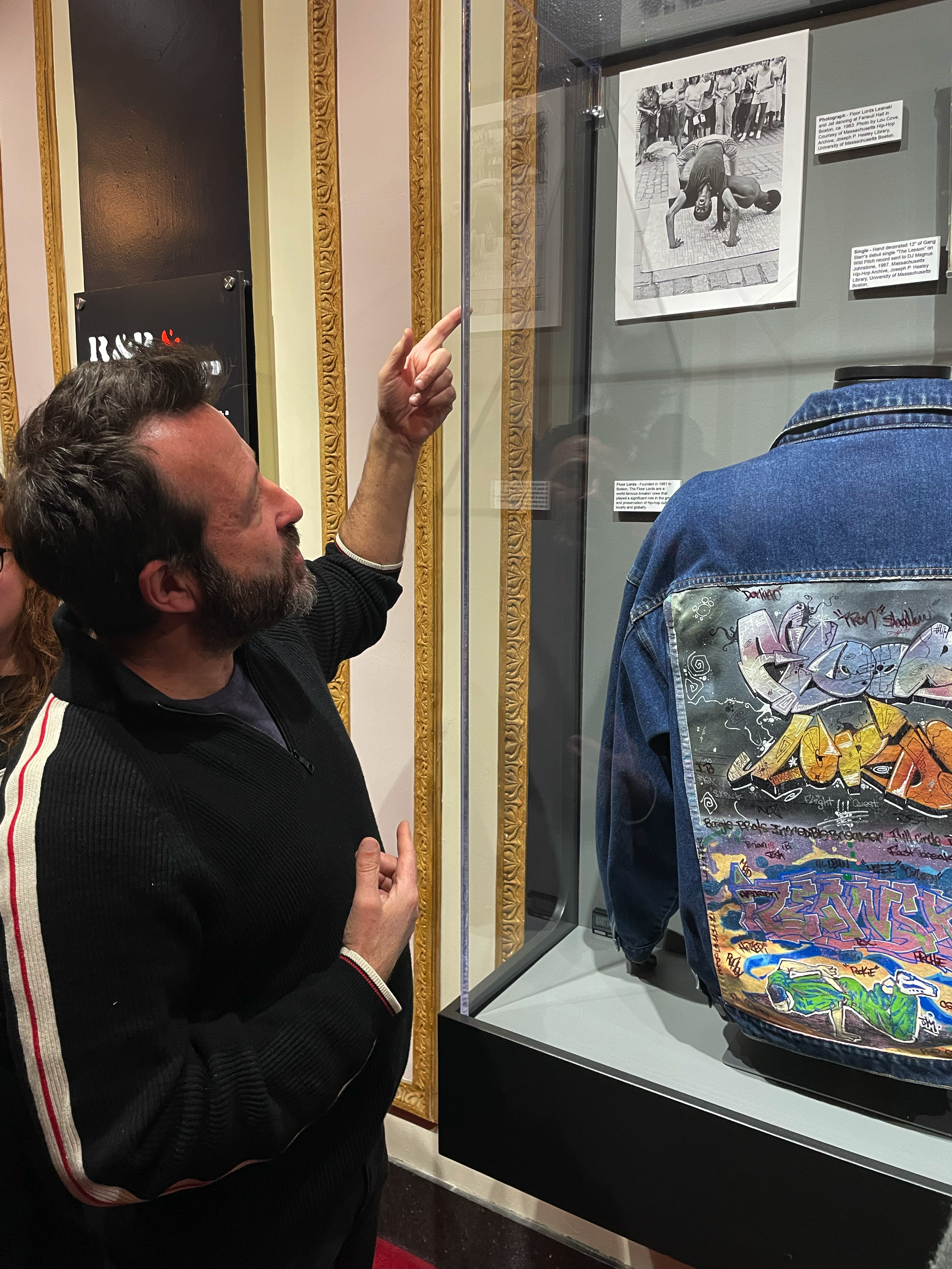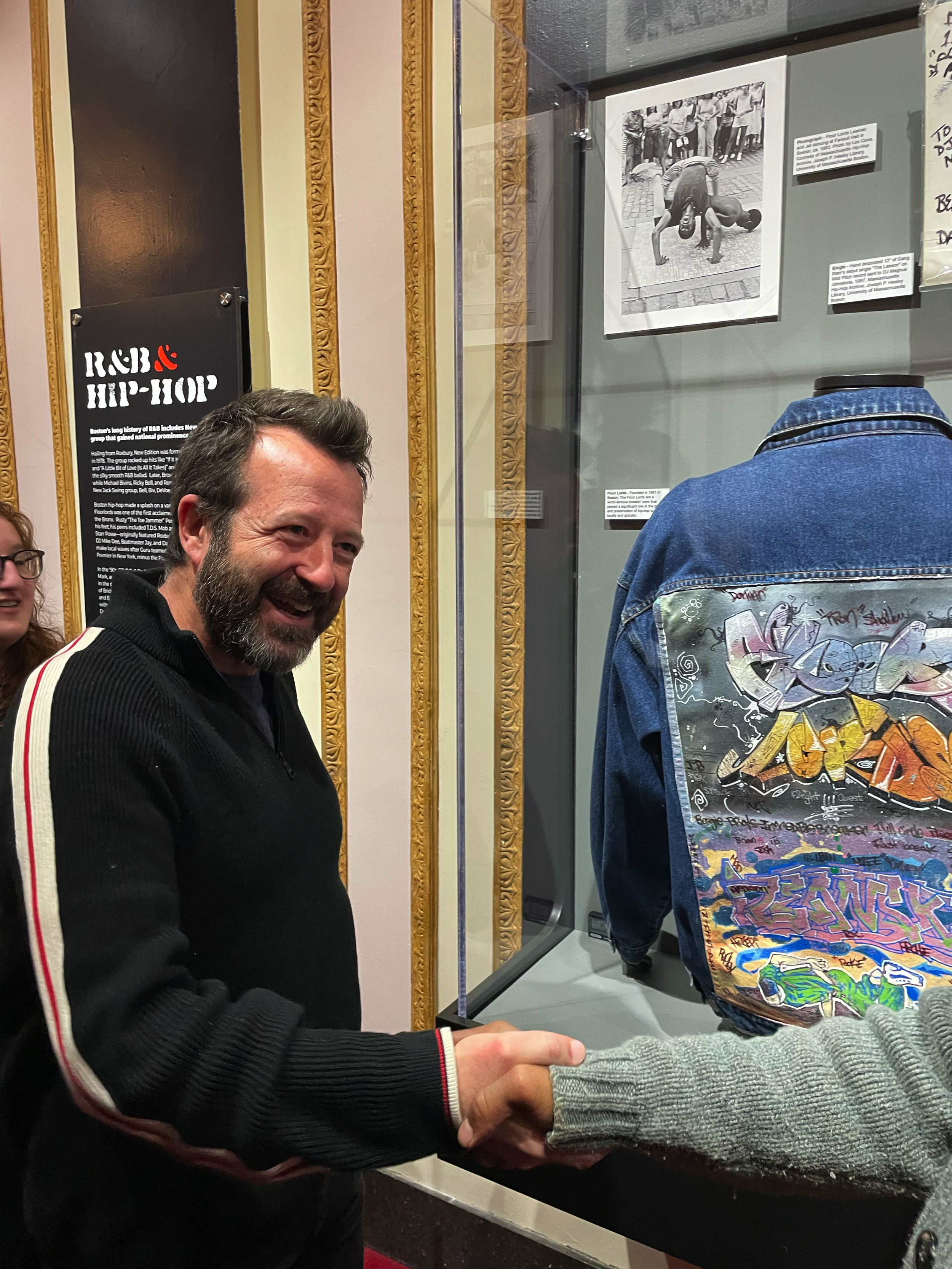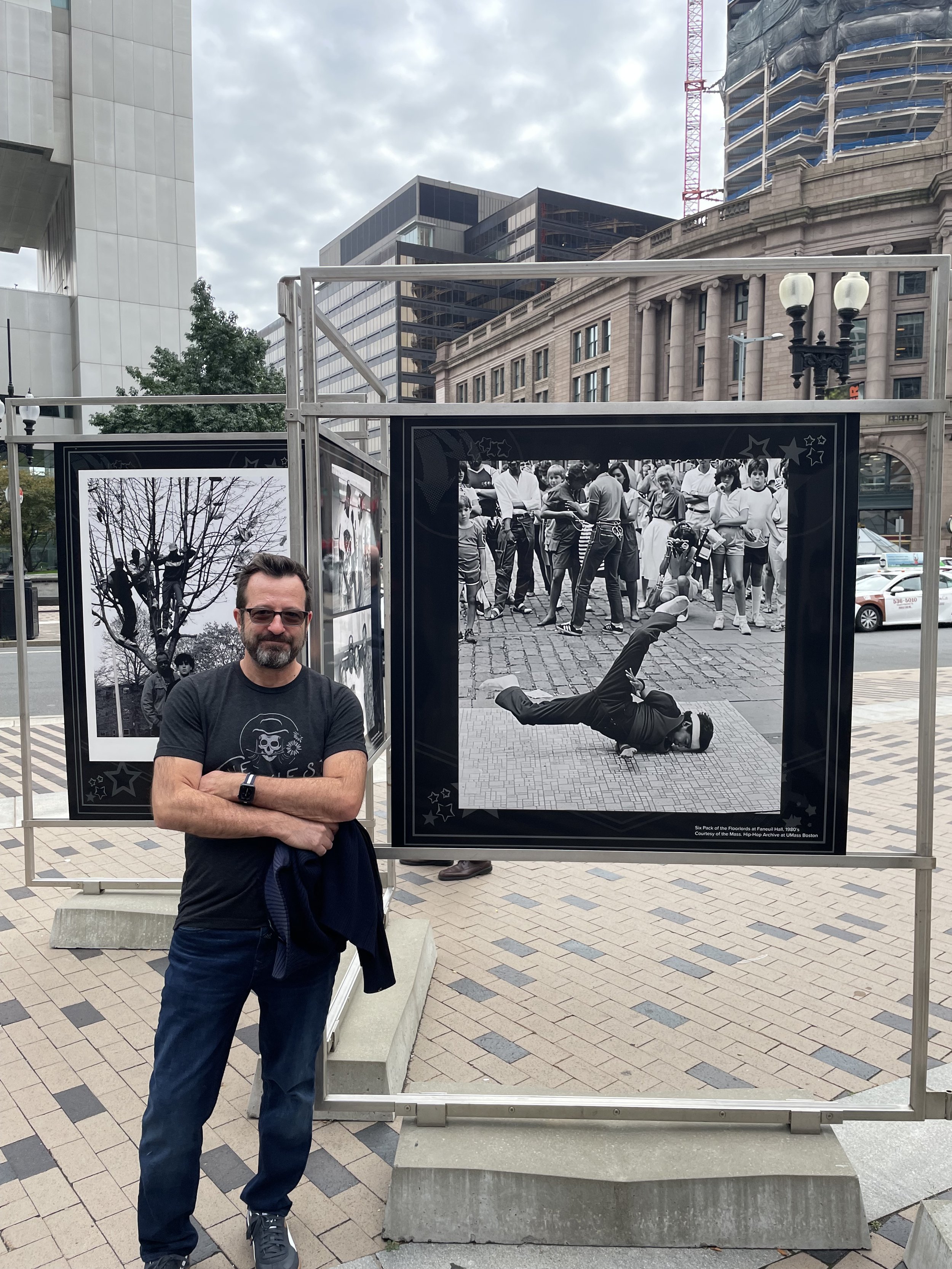Let us meditate on the absence of muscle-tone... the gloriously un-groomed body hair... the flaccid nipples.
Telly’s a handsome guy, don’t get me wrong. And he nearly singlehandedly made bald badass (apologies to Yul Brenner). This guy was so confident in his own skin he puffed Tootsie Pops instead of Pall Malls and made Kojak crush as The Lollipop Cop ratings juggernaut.
The interview behind this legendary cover opens this way:
With his icebreaker nose, insatiable eye, buccaneer grin and a gleaming skull that invites the stroke of a pool cue, actor Telly—for Aristotle—Savalas sees no point in denying the obvious. When asked why his CBS series Kojak has now clambered over All in the Family to become the top-rated show on television, Telly is matter-of-fact and fast with an answer: “It’s me. I’m the kind of gorilla people can identify with.”
Telly was 52 when he bared it all for People. The image is of a man utterly at ease in his own aging skin. The bling commingling with chest fur reminds me of my Grandpa Sam on casual Sundays when the weather was too warm for his velour sweatsuits. Just a guy, absent the self-consciousness of six-pack dreams.
Of course, women have been familiar with the phenomenon of impossibly-idealized-form-in-your-face for far longer than men have. But mainstream media started catching up with us in 1985 and it’s been a pumped-up arms race ever since.
My 19-year old son, named after my velour-clad grandfather, has used much of his pandemic imprisonment to work out and buff up. He’s strapping, and he feels better, emotionally as well as physically, when his blood flows and his sweat runs.
But he complains that the washboard stomach isn’t coming fast enough.
I want to have a Telly T-shirt made for him, just to remind him of what’s possible. But then I realize: that was possible in 1974. Grandpa Sam might keep the sweats zipped up today, even if the temperature soars.
But here’s a case for Colbert: On November 6, he gave one of the most powerful monologues of his career. It wasn’t funny, it was tearful and it was determined. He demonstrated some of the most important ways in which being a man can be sexy: he spoke truth to power, stood up to injustice, and wasn’t afraid to betray painful emotions.
That’s so much more important than Bobby Maximus’ ab-smashing workout or Lenny Kravitz’s guide to immortality. (JESUS, Lenny. You make the rest of us middle-aged Jewish guys look horrible. We’ve had enough atrocities to contend with without you defying the laws of physics. Ugh. See what I did there? Already falling prey to the injustice I’m railing against.).
So let’s give American Democracy and true masculinity a second chance. Let’s all vote Steven Colbert Sexiest Man Alive this year, just to make the point: it ain’t the abs, it’s the emotion. It ain’t the guns, it’s the guts. And it ain’t the chisel, it’s making a choice to do the right thing, even when that thing isn’t in favor.
And let’s make sure that, when he wins, he loses the shirt for the cover.
#ColbertSMA2020
Lou Cove is the author of MAN OF THE YEAR, a memoir about his stint as ‘campaign manager’ for Playgirl Magazine's Mr. November 1978 in his bid to become Man of the Year 1979. Lou was 12 at the time.




